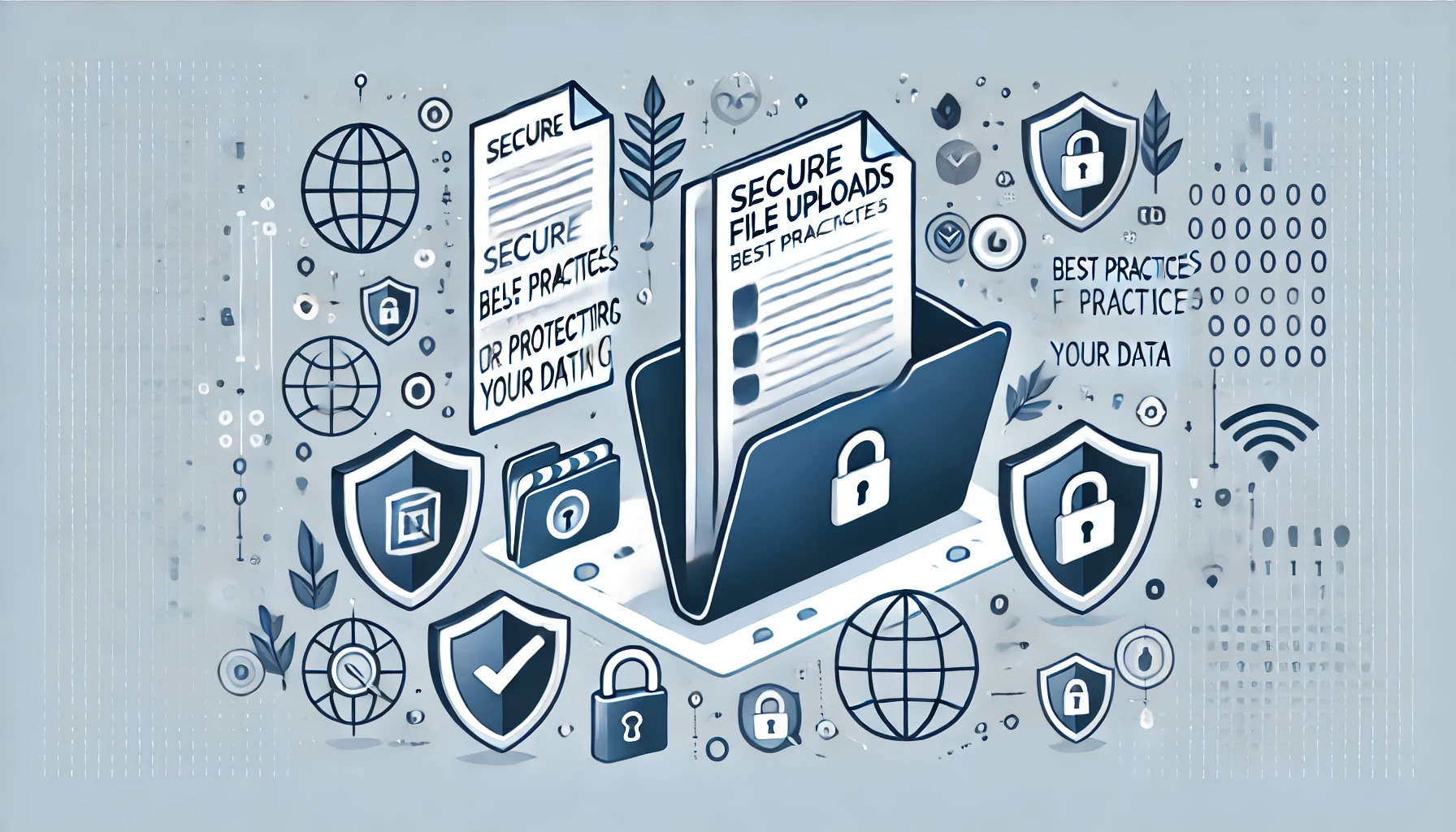
Secure File Uploads: Best Practices for Protecting Your Data
File uploads are a common feature in websites and applications, allowing users to share documents, images, and other files. However, this functionality can also pose significant security risks if not implemented correctly. In this blog post, we will discuss best practices for secure file uploads to help protect your data and prevent security breaches.
1. Validate File Types and Sizes
One of the most important steps in secure file uploads is to validate the file types and sizes that users can upload. By restricting the types of files that can be uploaded (e.g. only allowing .pdf or .png files) and setting size limits, you can prevent users from uploading potentially malicious files that could harm your system.
2. Use Secure Connections
When users upload files to your system, ensure that the connection is secure. Use HTTPS to encrypt data in transit and protect it from interception by attackers. Avoid using unencrypted connections, as they can expose sensitive information to eavesdroppers.
3. Implement File Upload Security Controls
Implement security controls such as input validation, file type verification, and file content scanning to detect and block malicious files. Consider using file upload scanners or antivirus software to scan files for malware before allowing them to be uploaded to your system.
4. Store Uploaded Files Securely
Once files are uploaded to your system, store them securely. Use strong encryption to protect files at rest and restrict access to authorized users only. Regularly audit file storage to ensure that no unauthorized access has occurred.
5. Monitor File Upload Activities
Monitor file upload activities on your system to detect any suspicious behavior. Keep logs of file uploads, including information such as file names, sizes, and timestamps. By monitoring file upload activities, you can quickly identify and respond to any security incidents.
By following these best practices for secure file uploads, you can protect your data and minimize the risk of security breaches. Implementing robust security measures will help safeguard your system and maintain the trust of your users.
Stay Connected with Secure Debug
Need expert advice or support from Secure Debug’s cybersecurity consulting and services? We’re here to help. For inquiries, assistance, or to learn more about our offerings, please visit our Contact Us page. Your security is our priority.
Join our professional network on LinkedIn to stay updated with the latest news, insights, and updates from Secure Debug. Follow us here







